Wivenhoe Shipyard Ltd (2)
Motor Minesweepers
John Collins (Nottage)
Wivenhoe Shipyard Ltd, built sixteen ‘short’ 105 foot, and eight ‘long’ 126 foot, motor minesweepers for the Royal Navy and Royal Netherlands Navy during World War 2. Because of the small size and their initials (they only had numbers) they were nicknamed “Micky Mouse boats”.
The design of the short MMS was based on the larger sort of motor fishing vessels which were being used around the coasts of Britain. The most promising design of these was hastily adapted to combat Hitler’s first “secret weapon” the magnetic mine. Their displacement (weight) was 255 tons, but when they were sold after the war as fishing boats, their gross register tonnage (based on volume) was about 170grt. They were powered by a single diesel engine of about 500bhp but because these were made in different factories to the makers’ own designs there were variations. MMS 15, Wivenhoe Shipyard’s yard number 11, was one of the first of these new craft to go to sea.
The long MMSs were developed by the Admiralty to overcome the shortcomings of the earlier type. They were intended to be more powerful with two engines of the same sort as the 105′ class and less cramped, with more room for the crew and the increasing amount of equipment that was found necessary for their work. Their displacement was 360 tons and when sold out of service to commercial owners their tonnage was about 290 grt. Unfortunately there was a shortage of suitable engines and it was decided to change the design for them to have only one, just like the shorter ships.
However they managed to perform their work adequately, although their Cold War replacements had two engines.

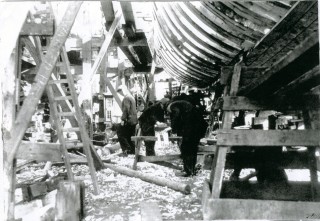
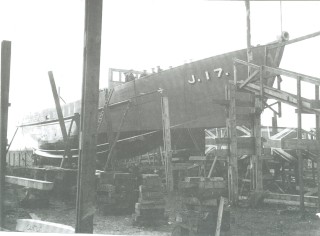
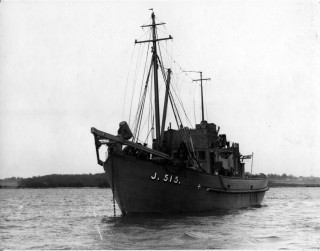
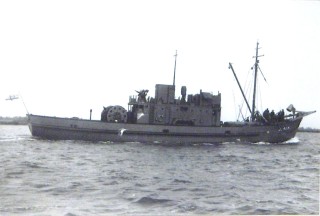
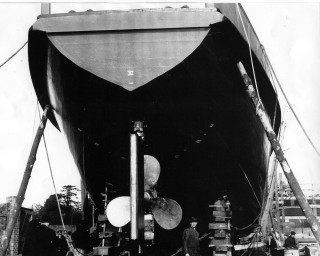
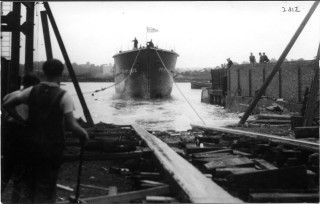
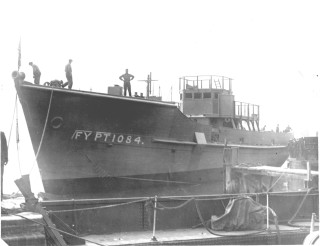
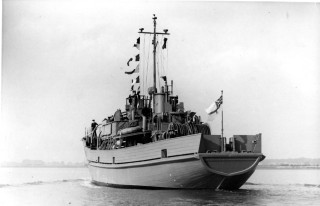





No Comments
Add a comment about this page